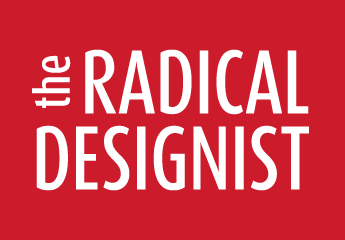In this first regular number of The Radical Designist in 2016 (remember that after its re-ignition we had two special issues) Cameron Tonkinwise paper “DESIGNING IN AN ERA OF XENOPHOBIA” assumes a central role regarding what was ThRAD initial editorial proposition. The article requires special attention and reading since it evolves from a key-note speech pamphletary and difficult.
Rather than focusing on Xenophobia, Tonkinwise’s paper explores the idea of Anthropocene and, in consequence, ends up by facing Xenophobia as other symptoms of our age such as un-sustainability, ecology, migration, cosmopolitanism, and… design.
It is hard to read any phenomena that integrates more than three living things escaping a Darwinist, post Darwinist or anti-Darwinist positions. Reading this text under the notions of variety and variability is indispensable.
Quite contiguous to CT’s paper is Asli Yorulmazel and Gorkem Erdogan’s paper “ESTABLISHING DESIGN IDENTITY IN DEVELOPING COUNTRIES: THE TURKISH CASE”. The dispersion of Design(ed) goods reproduced from local traditions, idiosyncrasies would, to some extent, create an even distribution forms and uses able to create multiple centres of interest, a true global cosmopolitanism, able to, at least, soften the idea of migration. Multiple design identities would refrain exodus and compensate occasional displacements by attracting others in a perpetual global movement generated by the wish of good living in a material (designed) world.
In a surprisingly related text, “EPHEMERAL CONSTRUCTIONS IN THE BAROQUE PERIOD FESTIVITIES: AESTHETIC OF ENCHANTMENT DESIGN” Anabela Couto gives us an account of the decorative apparatus of Joyeux Entrées of the Philippine Spanish/Portuguese sovereigns in the early 1600’s. Looking back to the Baroque world, to the excess, strive for diversity, lure for intricate nature’s forms, we can sense the serpents egg of what CT’s paper talks about. Also persists in our mind a flavor of ancient-regime when uniqueness, diversity and finally, ecology is tackled.
Finally, Sandra Antunes and Helena Souto’s paper, “ON ARCHITECTURE AS PROJECT-ORIENTED METHOD: TOJAL, MOREIRA AND ROXO A CASE STUDY”, unveils a post-modern Portuguese architectural studio, for foreigners, somewhat related with Carlo Scarpa’s style that reveals a methodological curiosity about the nature of (designed) beauty, unconsciously (or not) grasping Baroque’s aesthetics.
In conclusion, this might be considered a Baroque issue.
Editor In-Chief
Eduardo Côrte-Real

